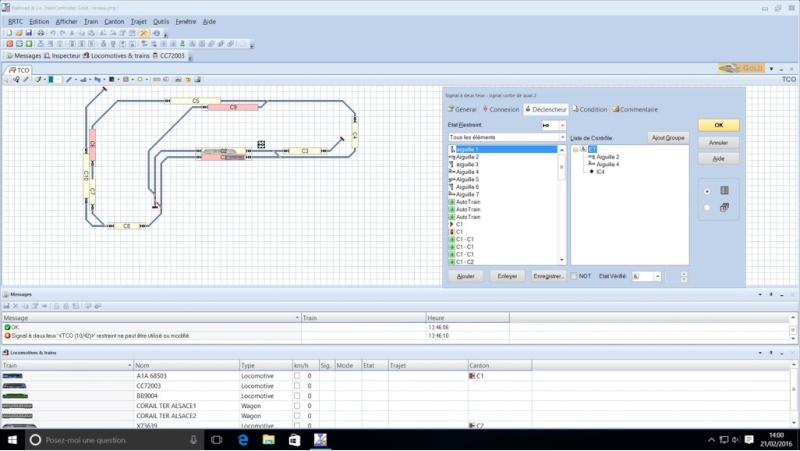

Stimuli that activate Ras lead to activation of MAPK, which in turn phosphorylates SAM68, an RNA-binding protein that interacts with an exonic splicing silencer element within v5. The Ras GTPase and the downstream mitogen-activated protein kinase (MAPK) signaling cascade specify inclusion of exon 5 (v5) in the mature CD44 mRNA. One of the most thoroughly understood examples of signal-dependent alternative splicing is Ras signal-induced splicing of the CD44 pre-mRNA in humans ( 28, 32, 57). These findings suggest that inducible TAF1 alternative splicing is a mechanism to regulate transcription in response to developmental or DNA damage signals and provide the first evidence that the ATM/CHK2 and ATR/CHK1 signaling pathways control gene expression by regulating alternative splicing. Similarly, camptothecin-induced upregulation of TAF1-3 and TAF1-4 splicing was mediated by ATR (ATM-RAD3 related) and CHK1. Pharmacological inhibitors and RNA interference were used to demonstrate that ionizing-radiation-induced upregulation of TAF1-3 and TAF1-4 splicing in S2 cells was mediated by the ATM (ataxia-telangiectasia mutated) DNA damage response kinase and checkpoint kinase 2 (CHK2), a known ATM substrate. TAF1 alternative splicing was regulated in a tissue-specific manner and in response to DNA damage induced by ionizing radiation or camptothecin.


We demonstrate that TAF1 alternative splicing generates four mRNAs, TAF1-1, TAF1-2, TAF1-3, and TAF1-4, of which TAF1-2 and TAF1-4 encode proteins that directly bind DNA through AT hooks.

TAF1 encodes a subunit of TFIID, which is broadly required for RNA polymerase II transcription. To examine the role of cell signaling in regulating alternative splicing, we analyzed the splicing of the Drosophila melanogaster TAF1 pre-mRNA. Alternative pre-mRNA splicing is a major mechanism utilized by eukaryotic organisms to expand their protein-coding capacity.


 0 kommentar(er)
0 kommentar(er)
